
We are a leading manufacturer and exporter of organic vegetable & fruits. Our goal is to provide our customers with the highest quality vegetable & fruits possible. We use as best quality seeds We’re dedicated to creating innovative, high-quality products that our customers can trust. We take pride in our unmatched customer service, because we know that a satisfied customer is a long-term customer.
We Exports
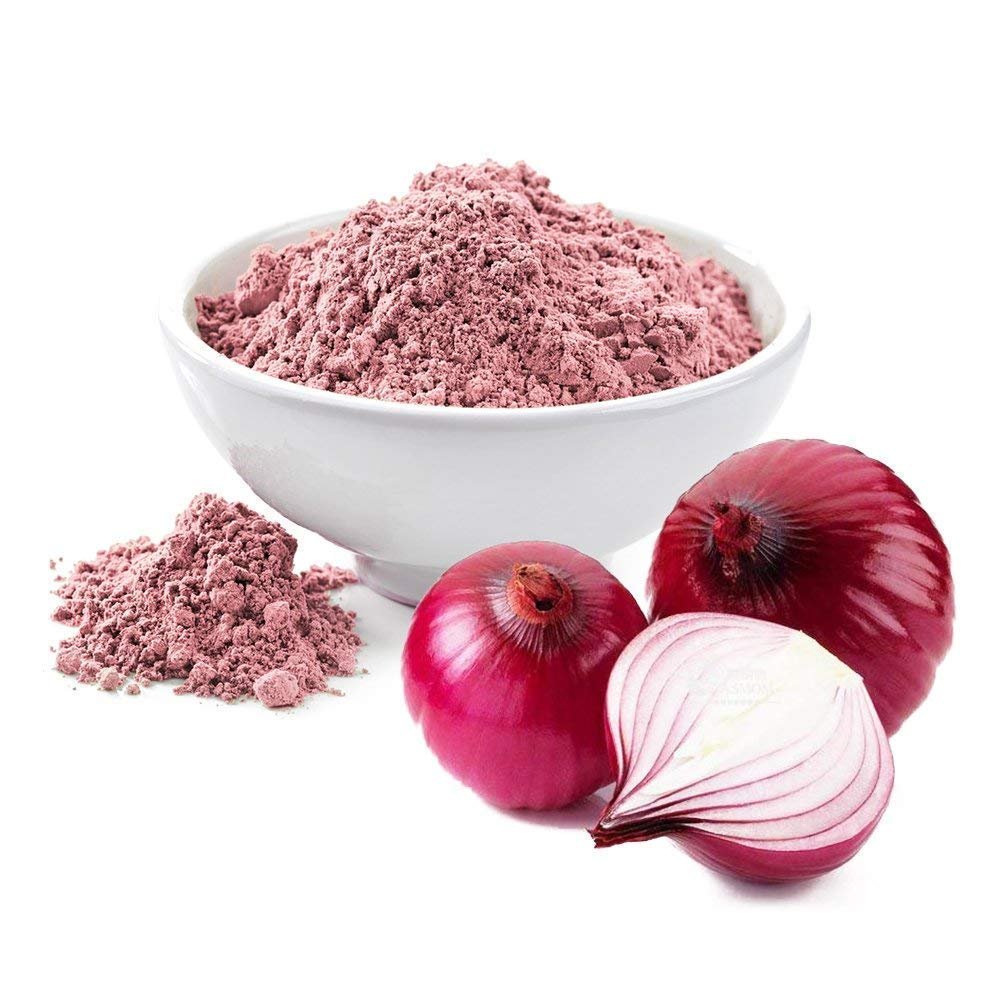
Onion & Onion Powder

Turmeric
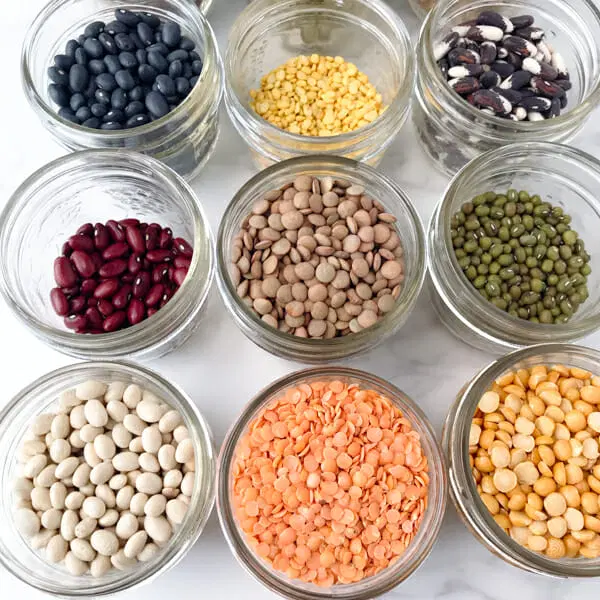
Pulses
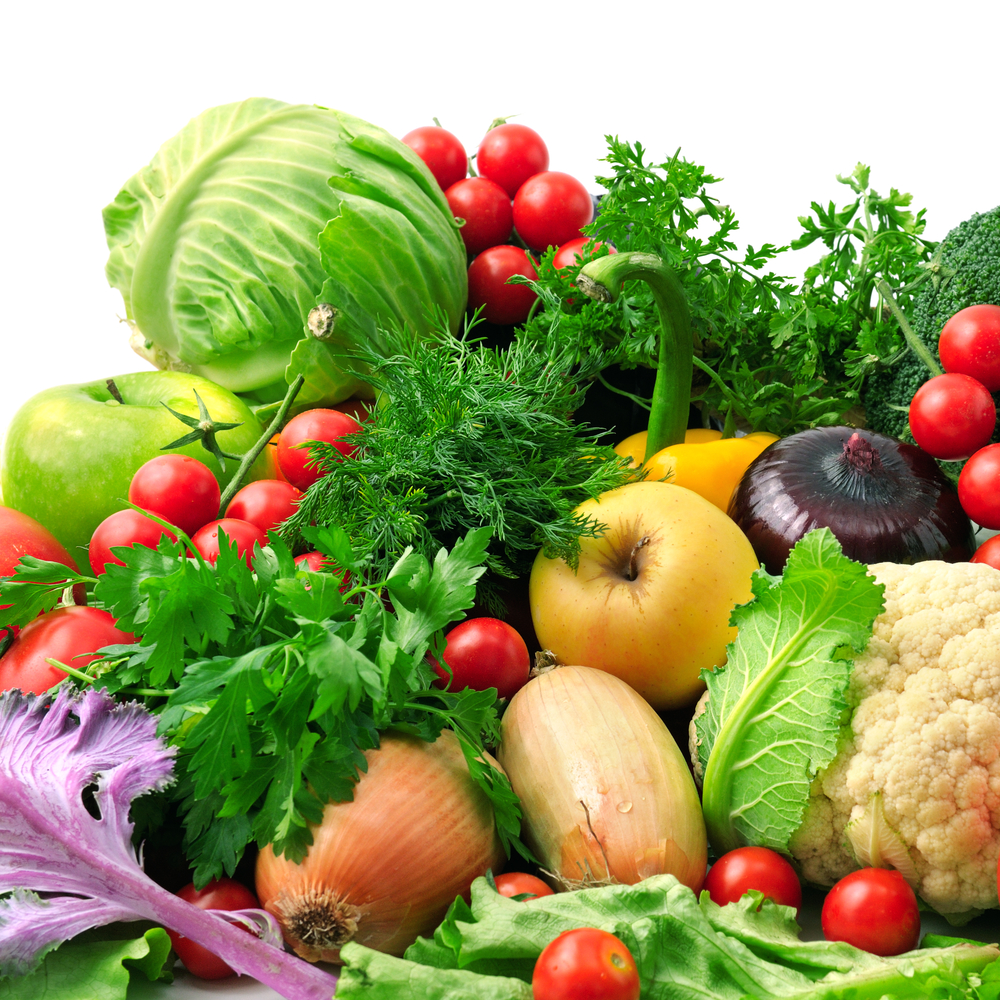
Fresh Vegetables
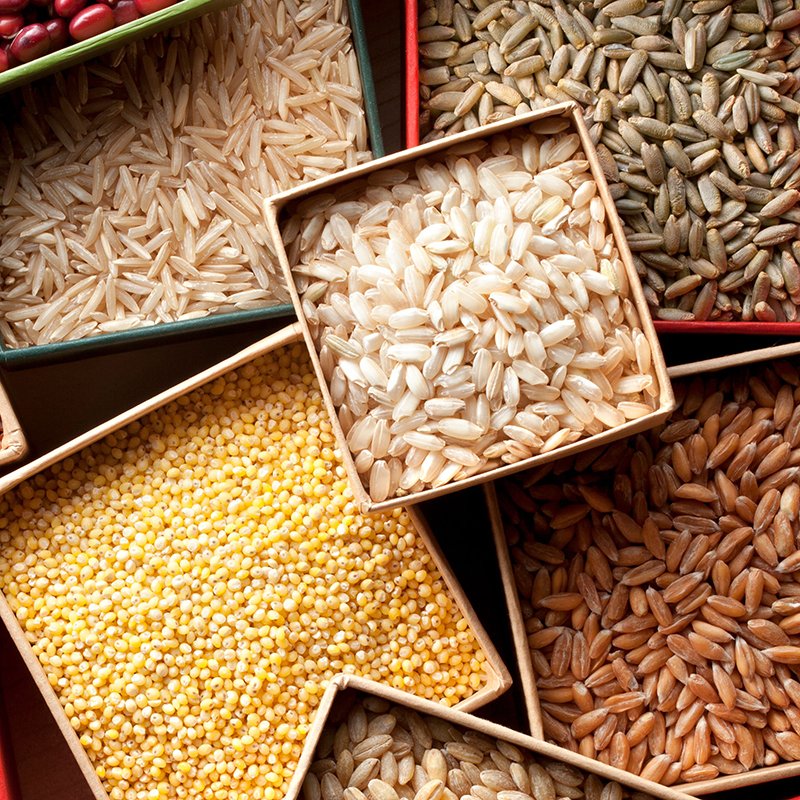
Rice & Wheat

Watermelon
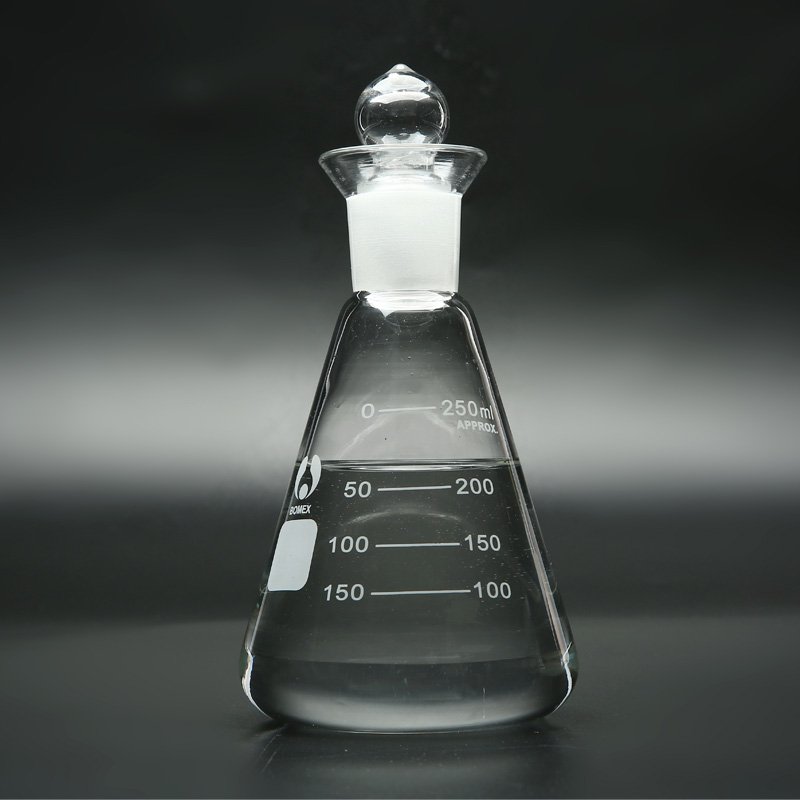
Chemical Solvent HCL 32%

Biomass Briquettes Pellets
HCL
HYDROCHLORIC ACID 32-35%
Introduction
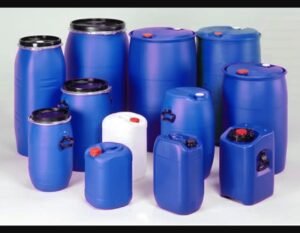 Hydrochloric acid is a clear, colourless solution of hydrogen chloride (HCL) in water. It is a highly corrosive, strong mineral acid with many industrial uses, Hydrochloric acid is found naturally in gastirc acid. Pickling of steel, production of organic compound, production of inorganic compound & Hydrochloric acid is used for a large number of small-scale applicatios, such as letter processing, purfication of common salt, household cleaning, and building construction. oil production may be stimulated by injecting hydrochloric acid into the rock, and cratng a large-pore structure. Many chemicalsreactions involving hydrochloric acid are applied in the production of food, food ingredients, and food additive Typical products include aspartame, fructose citric acid lysine, hydrolyzed vegetableprotein as food enhancer, and in gelatin production.
Hydrochloric acid is a clear, colourless solution of hydrogen chloride (HCL) in water. It is a highly corrosive, strong mineral acid with many industrial uses, Hydrochloric acid is found naturally in gastirc acid. Pickling of steel, production of organic compound, production of inorganic compound & Hydrochloric acid is used for a large number of small-scale applicatios, such as letter processing, purfication of common salt, household cleaning, and building construction. oil production may be stimulated by injecting hydrochloric acid into the rock, and cratng a large-pore structure. Many chemicalsreactions involving hydrochloric acid are applied in the production of food, food ingredients, and food additive Typical products include aspartame, fructose citric acid lysine, hydrolyzed vegetableprotein as food enhancer, and in gelatin production.
| Specification | ||
| Sr. No. | Determination | Specification |
| 1 | % Assay | 31-33 % Min |
| 2 | Specific Gravity | 1.16gm//cc at 25 degree |
| 3 | Coluar | White Clear Liquid |
| 4 | Heavy Metals as Pb | Max 15ppm |
| 5 | iron | Max 45 ppm |
| 6 | Arsenic | Nill |
| 7 | Mercury | Nill |
Applicaton
Hydrochloric Acid is used is dyes and other Chemicals.
Packaging
Hydrochloric Acid is used is supplied in tankers or in drums.
Pellet fuels (or pellets)
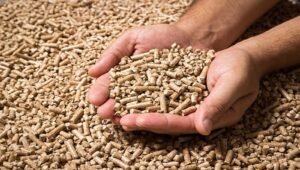 Pellet fuels (or pellets) are a type of solid fuel made from compressed organic material.[1] Pellets can be made from any one of five general categories of biomass: industrial waste and co-products, food waste, agricultural residues, energy crops, and untreated lumber.[2] Wood pellets are the most common type of pellet fuel and are generally made from compacted sawdust[3] and related industrial wastes from the milling of lumber, manufacture of wood products and furniture, and construction.[4] Other industrial waste sources include empty fruit bunches, palm kernel shells, coconut shells, and tree tops and branches discarded during logging operations.[5][6] So-called “black pellets” are made of biomass, refined to resemble hard coal and were developed to be used in existing coal-fired power plants.[7] Pellets are categorized by their heating value, moisture and ash content, and dimensions. They can be used as fuels for power generation, commercial or residential heating, and cooking.[8] Pellets are extremely dense and can be produced with a low moisture content (below 10%) that allows them to be burned with a very high combustion efficiency.[9] Further, their regular geometry and small size allow automatic feeding with very fine calibration. They can be fed to a burner by auger feeding or by pneumatic conveying. Their high density also permits compact storage and transport over long distance. They can be conveniently blown from a tanker to a storage bunker or silo on a customer’s premises.[10]
Pellet fuels (or pellets) are a type of solid fuel made from compressed organic material.[1] Pellets can be made from any one of five general categories of biomass: industrial waste and co-products, food waste, agricultural residues, energy crops, and untreated lumber.[2] Wood pellets are the most common type of pellet fuel and are generally made from compacted sawdust[3] and related industrial wastes from the milling of lumber, manufacture of wood products and furniture, and construction.[4] Other industrial waste sources include empty fruit bunches, palm kernel shells, coconut shells, and tree tops and branches discarded during logging operations.[5][6] So-called “black pellets” are made of biomass, refined to resemble hard coal and were developed to be used in existing coal-fired power plants.[7] Pellets are categorized by their heating value, moisture and ash content, and dimensions. They can be used as fuels for power generation, commercial or residential heating, and cooking.[8] Pellets are extremely dense and can be produced with a low moisture content (below 10%) that allows them to be burned with a very high combustion efficiency.[9] Further, their regular geometry and small size allow automatic feeding with very fine calibration. They can be fed to a burner by auger feeding or by pneumatic conveying. Their high density also permits compact storage and transport over long distance. They can be conveniently blown from a tanker to a storage bunker or silo on a customer’s premises.[10]
A broad range of pellet stoves, central heating furnaces, and other heating appliances have been developed and marketed since the mid-1980s.[11] With the surge in the price of fossil fuels since 2005, the demand for pellet heating has increased in Europe and North America, and a sizable industry is emerging. According to the International Energy Agency Task 40, wood pellet production has more than doubled between 2006 and 2010 to over 14 million tons.[12] In a 2012 report, the Biomass Energy Resource Center says that it expects wood pellet production in North America to double again in the next five years.[13]
Onion Powder
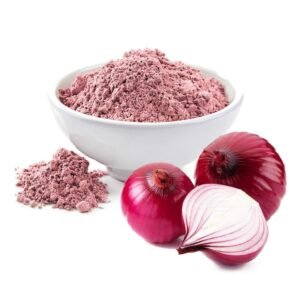 Asset that makes it increadibly useful in the kitchen, it disburse evenly throught the dish for rich, allover onion flavor. Sprinkle it into soups and stews, crate cream dips and salad dressings, perk up casseroles and vegetable, or use it as a base for rubs and marinades.
Asset that makes it increadibly useful in the kitchen, it disburse evenly throught the dish for rich, allover onion flavor. Sprinkle it into soups and stews, crate cream dips and salad dressings, perk up casseroles and vegetable, or use it as a base for rubs and marinades.
